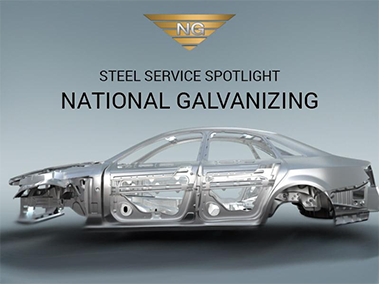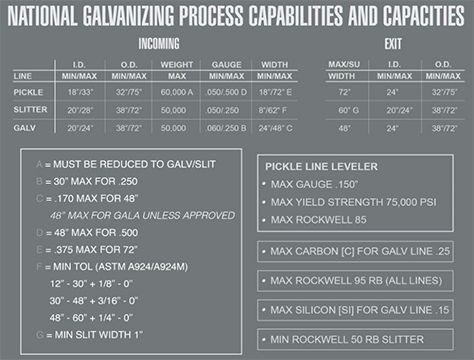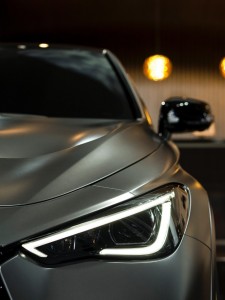An Overview of U.S. Steel Service Center National Material L.P.

You know National Material Company as a company that specializes in supplying, servicing and processing steel with unmatched efficiency. We operate steel processing facilities and service centers throughout the U.S. and Mexico to serve your manufacturing needs in a wide variety of markets.
But the full scope of NMC’s parent company, National Material L.P, is much larger. NMLP and its affiliates have a long history of quality and service dating back to 1964. NMLP serves many industries throughout the globe and is one of the largest suppliers of steel in America. With over 30 business units, this families’ capabilities go beyond just steel service.
Here, we will provide a brief overview of National Material’s family of companies, separated into six categories – steel service centers, steel processing facilities, stainless steel and alloy manufacturing, aluminum manufacturing, raw material trading, and related operations.
The NMLP Steel Group includes National Material Company, National Material of Mexico, and Interstate Steel Company. Together, these three companies have made NMLP a well-recognized leader servicing the needs of the steel industry and leading industrial and consumer product manufacturers by means of nineteen specialized processing facilities located throughout North America.
National Material Company operates ten steel service facilities and is the family’s premiere steel manufacturer in the U.S. NMC specializes in supplying, servicing and processing the following: Hot Rolled, Cold Rolled and Cold Rolled Motor Lamination Steel, Oriented and Non-Oriented Electrical Steel, and Galvanized, Galvannealed, Aluminized and other coated metals.
National Material of Mexico operates seven steel servicing locations between partners and wholly owned facilities. NMM is the premier processor in Mexico for a variety of steel products, from uncoated non-exposed to coated exposed carbon steel in slit, sheet or blank form, in all steel grades available on the market, including all types of AHSS steel grades.

Interstate Steel Company is a division of National Material Company and provides highly engineered pre-painted products. ISC also specializes in processed cold rolled & galvanized products. Interstate Steel’s capabilities include precision high speed slitting of surface critical products.
National Material Processing operates three slitting and two pickling and cut-to-length steel processing facilities and was the first steel processor to introduce a push-pull pickle line in the Indiana Harbor area. NMP specializes in the processing of heavy gauge, hot rolled carbon steel up to .500″ (1.27cm) thick and offers precision slitting, cut-to-length and advanced PRO-ECO, hydrochloric acid pickling services.
Interstate Steel Processing (ISP) is a premier national distributor of flat rolled steel […]





